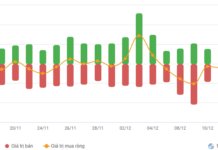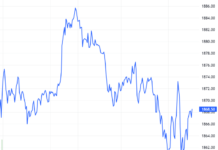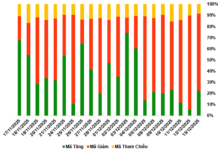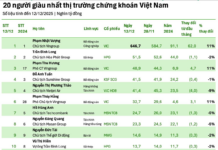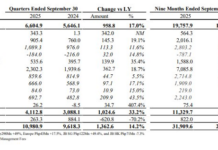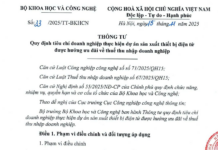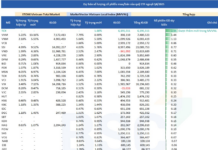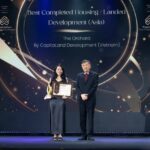According to Reuters, BYD and other Chinese automakers are aggressively introducing their electric vehicles to Australia, a market where they do not face trade barriers, thanks to electric vehicle subsidies, tax benefits, and continuously rising gasoline prices.
Since 2022, the Australian government has actively promoted the adoption of electric vehicles as part of the country’s emission reduction plan. The new policies have generated strong demand for electric vehicles, increasing the market share of this vehicle segment from 3.1% in 2022 to 7.2% in 2023.
Tesla has greatly benefited from Australia’s policies, while Chinese automakers with affordable electric vehicles pose a significant threat to long-established names such as Toyota and Ford, which have many gasoline-powered models and therefore stand to lose more.
BYD’s sales reached over 12,000 vehicles last year, nearly six times higher than in 2022 when the company entered the Australian market. The Chinese brand currently holds a 14% electric vehicle market share in Australia, second only to Tesla (53%), according to the Federal Chamber of Automotive Industries.
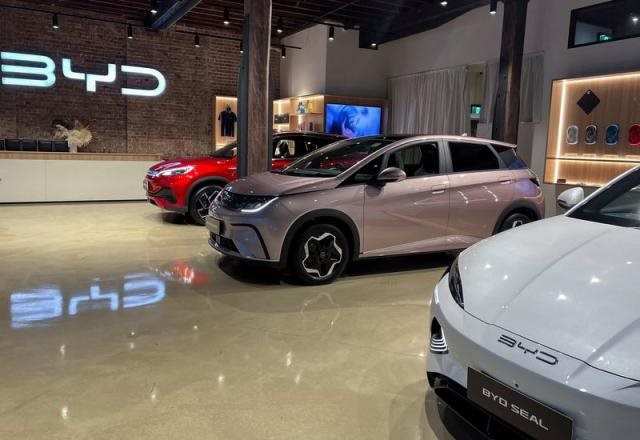
David Smitherman, CEO of EVDirect, BYD’s distributor in Australia, said the opportunity is very clear. He also revealed that BYD will soon add two SUV models and another pickup truck, bringing the total number of Chinese automaker’s products in Australia to 6 this year.
Another brand from China, SAIC Motor, will also introduce 3 new models in Australia this year. The models will be launched under the MG brand, including the MG3 plug-in hybrid and the MG Cyberster electric vehicle, further expanding the brand’s EV/hybrid lineup to 5 models in Australia.
Traditional automakers are also working on improving their game. Ford already has 2 electric vehicle models in the Australian market, in addition to 3 other models in the pipeline.
Toyota has also introduced its first electric vehicle, in addition to 9 other hybrid models for Australian customers. A Toyota representative expressed confidence in the company’s strategy of expanding its hybrid product range while steadily growing its pure electric vehicle group.
An attractive market
Australia is still a relatively small automotive market, with sales reaching only 1.2 million vehicles in 2023. However, for Chinese automakers, the land Down Under is a relatively attractive market.
The reason is that Australia does not have a complete automotive industry and is considered to have no trade protection barriers.
Leapmotor, a Chinese startup automaker collaborating with Stellantis to expand its global presence, emphasized Australia as a priority market due to the absence of local automakers.
In contrast, Europe and the US have launched a series of investigations aimed at Chinese electric vehicle manufacturers.

On the other hand, Australia is making efforts to promote electric vehicle usage through tax incentives for electric vehicle leases and purchases. The three most populous states in the country, Queensland, New South Wales, and Victoria, have set a goal to have electric vehicles account for 50% of total new vehicle sales by 2030, while implementing price incentives for electric vehicles and investing in charging stations. As a result, the price incentives in Queensland have helped make a BYD Atto 3 cheaper than the gasoline-driven Toyota RAV4 crossover.
These attractive policies are expected to continue driving the demand for electric vehicles in the coming years. PwC estimates that half of new vehicle sales in Australia will be electric vehicles by 2027, while Fitch Ratings predicts this figure to reach 18% by 2032. This presents a significant opportunity for many global automakers.
Reference: Reuters


